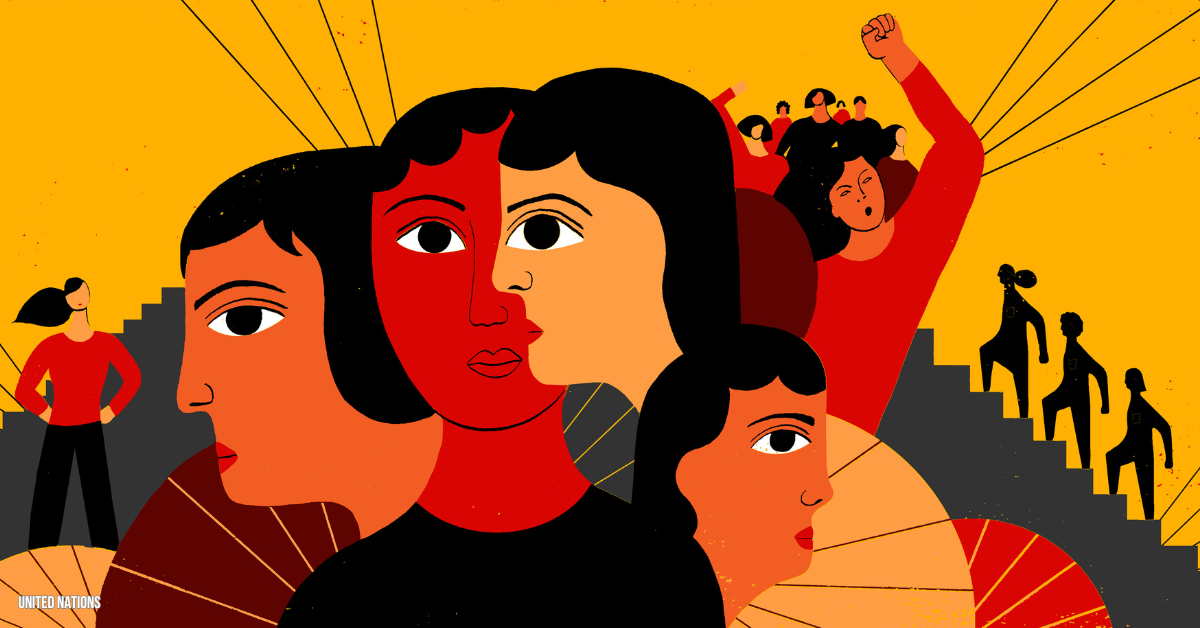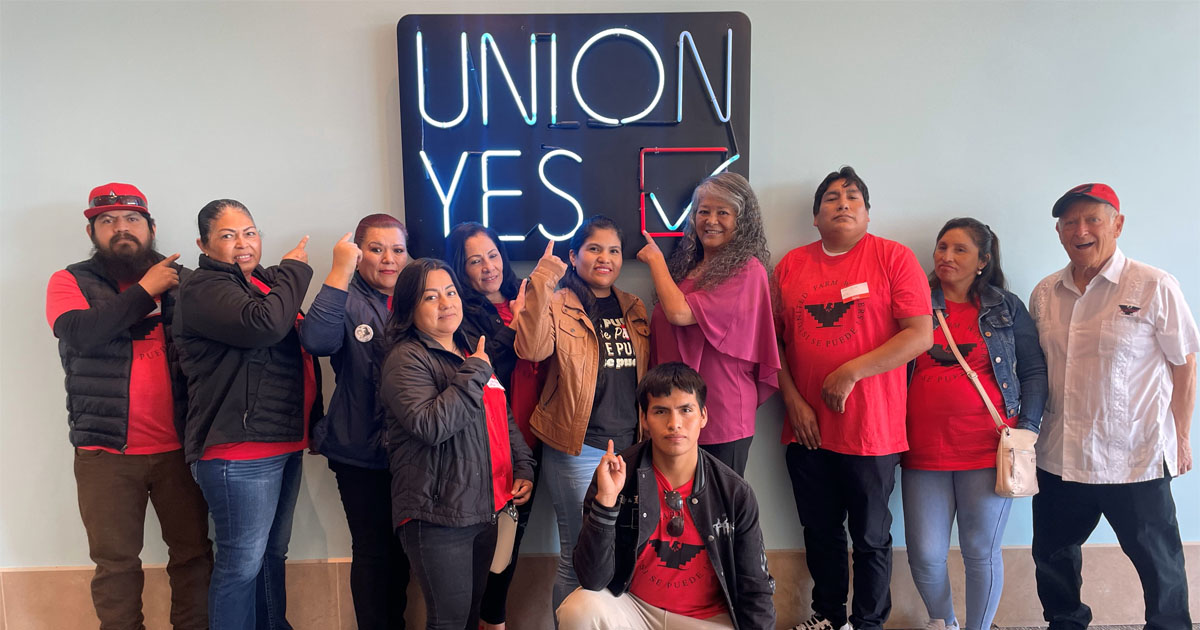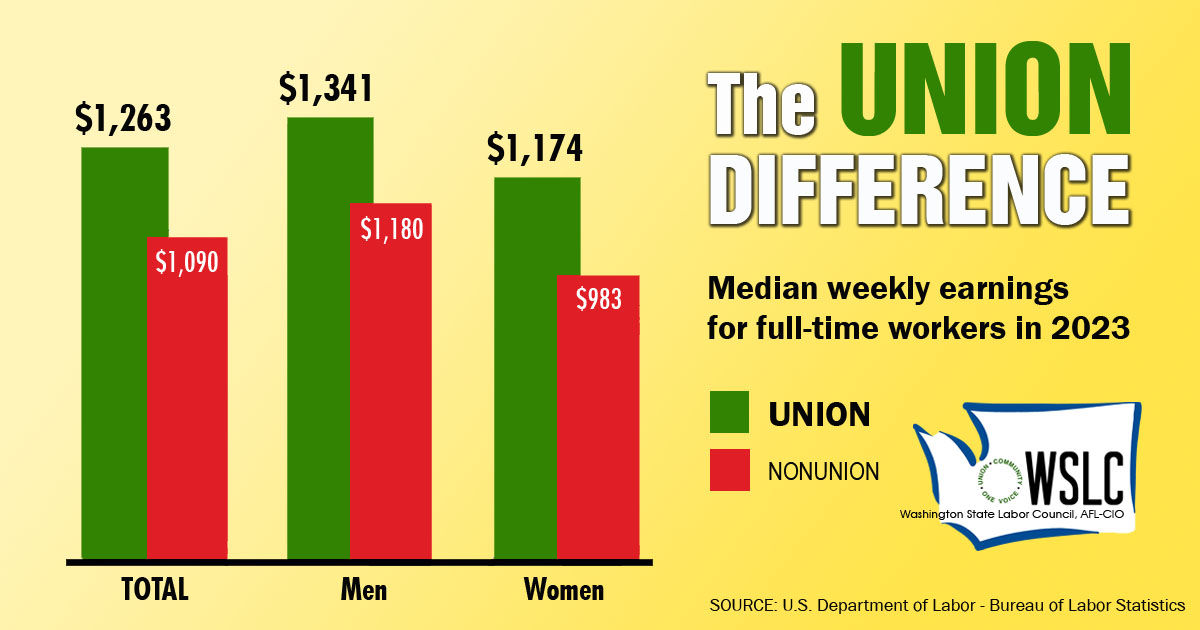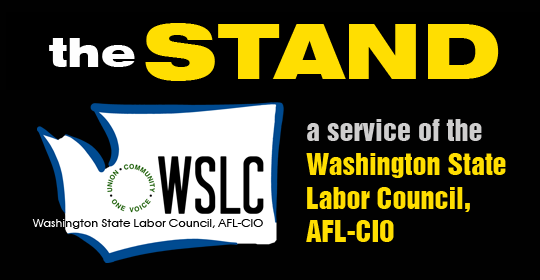NATIONAL
How unions can end gender based violence at work
Many working women face violence and harassment on the job, but unions can help protect workers and lead a culture shift
WASHINGTON, D.C. (December 6, 2024) — The United Nations marks 16 Days of Activism against Gender Based Violence every year in late November and early December, calling attention to the prevalence of violence against women globally. The U.S. Department of Labor Women’s Bureau is participating, sharing ways that labor unions can end gender based violence and harassment (GBVH) at work.
In a blog post, policy analysts with the DOL Women’s Bureau put forward strategies unions could deploy: raising awareness and gather information about the scope and incidents of GBVH in the world of work; adopting a policy resolution in support of ending GBVH in the world of work at your convention; negotiating collective bargaining agreements and contract language inclusive of GBVH protections; and hosting frequent, in-person trainings for leadership and members. The post shares examples of work unions and the AFL-CIO are already doing to end GBVH, models that can be adopted by more of the movement.
Violence is an all to present reality in many women’s lives. The UN reports that globally, 1 in 3 women will experience physical or sexual violence in their lives. This figure doesn’t include sexual harassment.

The United States has laws banning gender based violence, harassment, and discrimination at work. But these patterns of behavior are still all too common threats on worksites.
Per The Center for American Progress, “analysis of unpublished data on sexual harassment charges in the private sector filed with the EEOC found that the federal agency received more than 85,000 charges alleging sexual harassment from fiscal year 2005 to 2015.” Of those reports, more than 25% were from low-wage workers, and reports were concentrated in male-dominated industries. Women of color are more likely to experience GBVH, compounded with racial discrimination.
“In fact, women are most likely to report sexual harassment to the EEOC in industries that are the most male dominated, such as construction, utilities, mining, and transportation and warehousing,” continues the Center for American Progress report. “Harassment also can be a barrier to entering and staying in these jobs.”
And the true scale of harassment may not be known, as it is likely underreported, both because of cultural stigma and many workers’ economic insecurity driving fears around losing employment.
Union jobsites aren’t inherently free of harassment. But union members on average make more money, and have both more financial security and the backing of union representation, both of which can make a worker more likely to report harassment. Unions can also lead a culture shift to build consensus that this violence and harassment is unacceptable.
Washington’s labor movement has taken this charge seriously. In 2018, delegates from WSLC-affiliated unions passed a resolution calling for an end to sexual harassment and gender based violence at work. That work ranges from new practices in labor spaces, like establishing a code of conduct, designated individuals to whom harassment can be reported, and regular repetition of conduct standards, shifting the culture.
Labor has also pushed to strengthen Washington’s law protecting workers, union or not, from GBVH. That includes prohibiting nondisclosure agreements regarding illegal acts of discrimination, harassment, retaliation, wage and hour violations, and sexual assault. The #MeToo movement laid bare that these nondisclosure agreements are often used to silence survivors of GBVH, shield perpetrators from accountability, and allow that violence to continue.

Mushroom workers pose with Teresa Romero, President of the United Farm Workers after speaking with state legislators in Seattle in May of 2024.
And pro-worker elected officials have also stepped up to protect working women. As Attorney General, Governor-elect Bob Ferguson sued Windmill Farms for discrimination based on sex and immigration status after the employer fired 85% of the women workers and replaced them with male workers with temporary H-2A work visas. These mushroom workers continue to fight for union representation, knowing that a union contract is the best way to protect and empower themselves.
A world that’s violent for women and girls is not a foregone conclusion. Together, workers and our unions can unwind patterns of violence and ensure every working person is safe on the job.
Learn more about organized labor’s role in ending gender based violence and harassment from the AFL-CIO.





